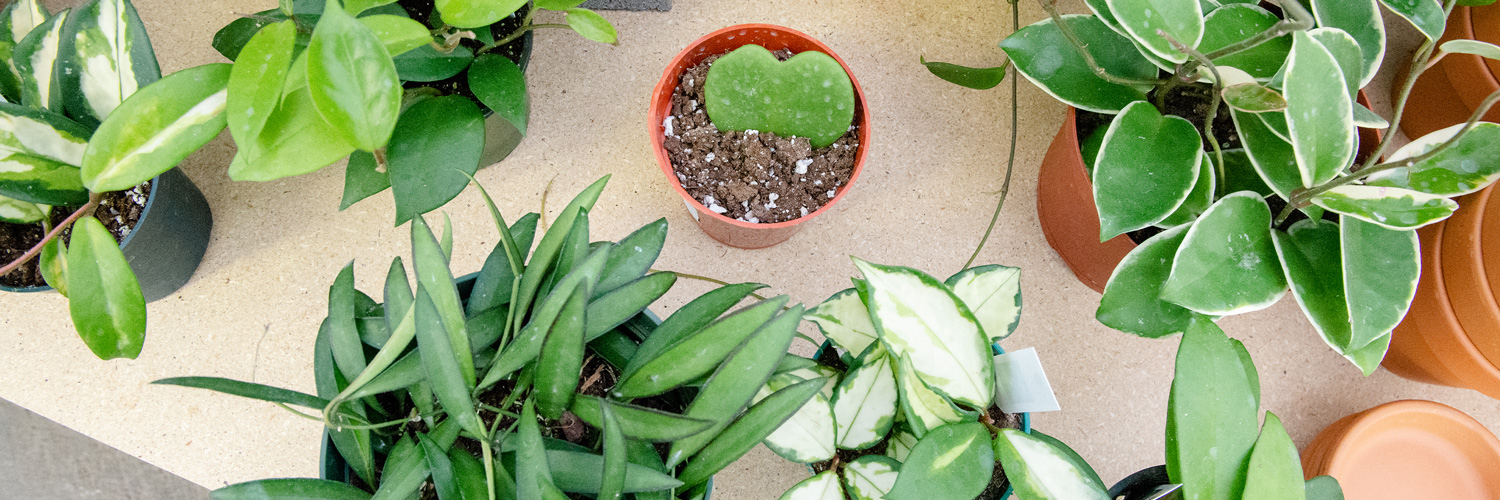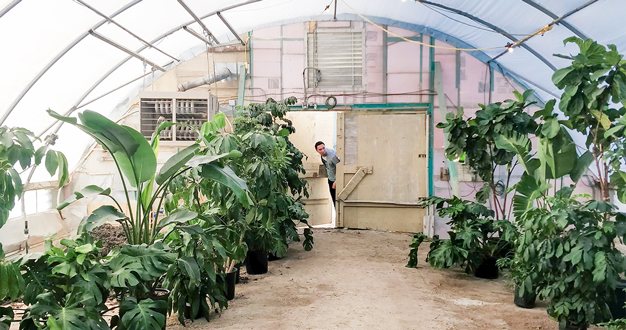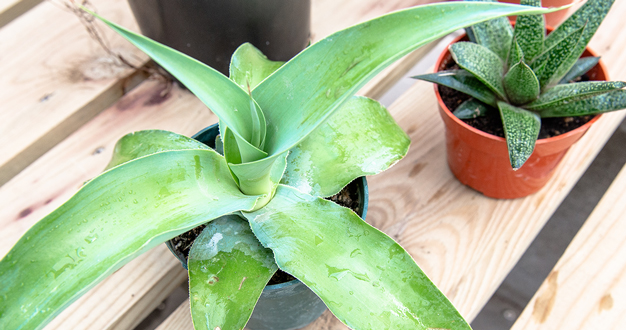
Everybody has their favorite plant, and for some, it’s hoya – any of several hundred species and cultivars of mostly vining, twining plants in the genus Hoya. Why hoyas? Well, simply put, they’re amazing plants – addictively collectible and easy to care for too. Once you meet them, there’s a good chance you might catch the hoya fever too.
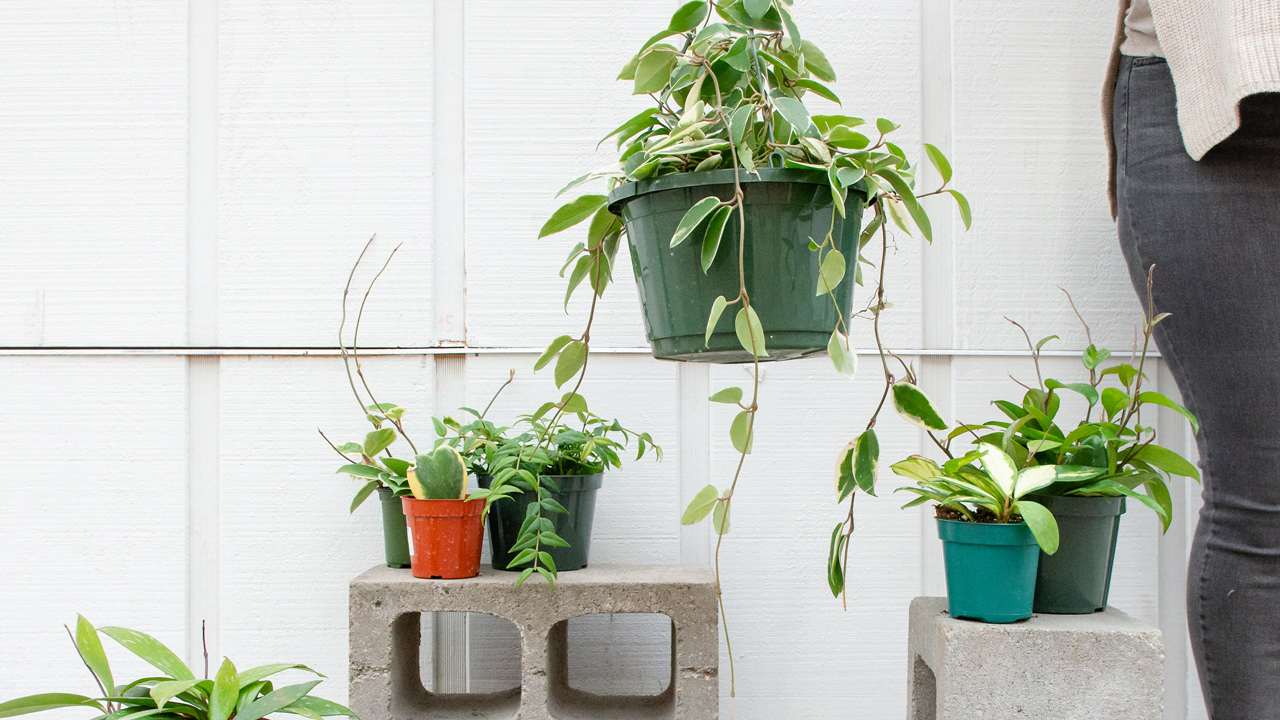
Tons of Character
Hoyas are incredibly diverse both in their form and native habitats. They grow naturally in many parts of Asia and occupy a wide variety of ecosystems from coastal areas to the mountains. They can be found growing on the ground, on rocky ledges, and even as epiphytes on tall trees.
As houseplants, many species can both trail over the side of a hanging pot or climb a trellis using slender tendrils – nice attributes to be found in a single plant and one of the many reasons to love them. Their growth is interesting too – they put on a single leaf at a time, so it’s fun to watch each tiny baby grow to maturity. And as they age, hoyas only get better. Their trunks get woody, giving them a unique shape and character as they grow.
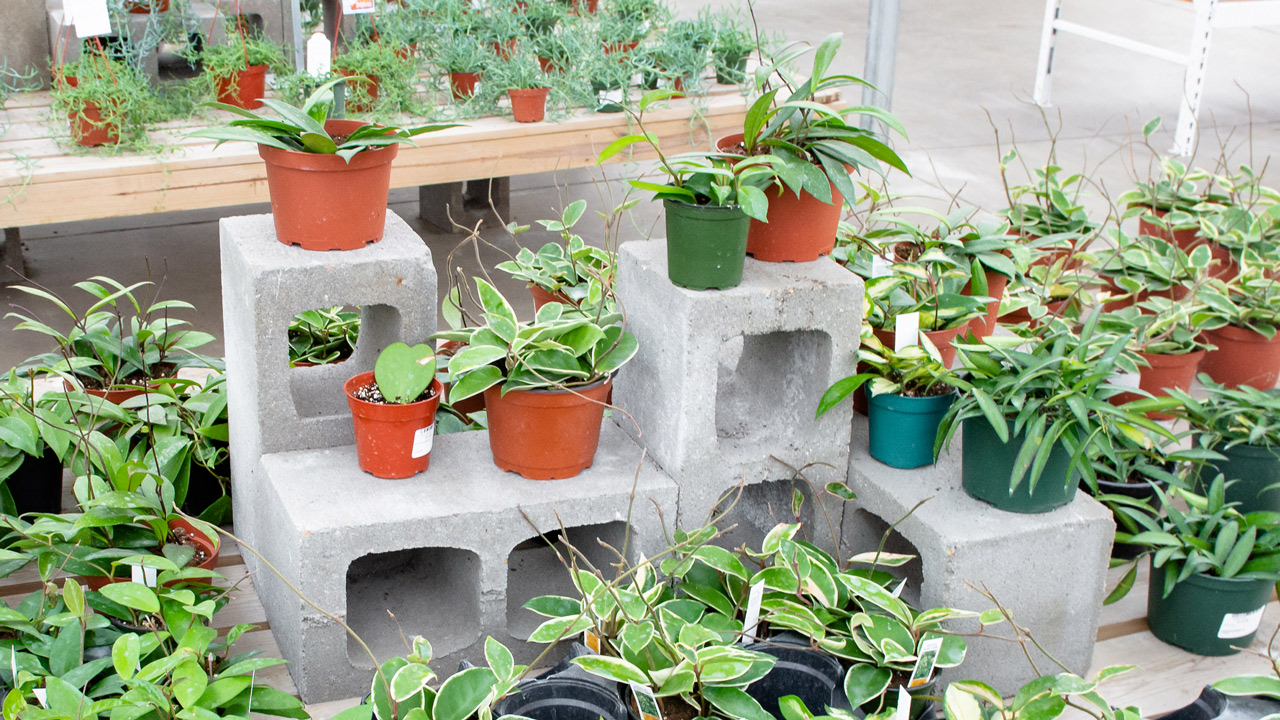
Endless Variety
Collectors also enjoy hoyas because their foliage comes in an almost endless variety of shapes and textures. They display a perfect blend of succulent and tropical characteristics in their foliage too.
In the Greenhouse collection, you’ll see Hoya carnosa – the classic “wax plant” that your grandma probably had with its pointed, oval leaves and glossy, dark green color. Several interesting cultivars of H. carnosa are here too, including the colorful H. carnosa variegata ‘Tricolor’ and the rosy-hued H. carnosa ‘Krimson Queen.’ Some species of hoya have large, thickened leaves – like the succulent H. kerrii with its robust, heart-shaped foliage – while others are more delicate. One tiny-leafed species, H. curtisii, fills a hanging basket with dappled, teardrop-shaped foliage, while another mini hoya – H. serpens – occasionally appears among our collection of 3” specialty succulents. In some hoyas, the leaves may be elongated or sword-shaped too. Hoya publicalyx is one slender-leafed variety while H. bella has leaves that are almost a diamond shape.
Fragrant Blooms
Hoyas occasionally bloom, and when they do, it’s a special event. One of the hoya’s common names, porcelain flower, was inspired by the plant’s nearly perfect, star-shaped blooms. Each tiny bloom is like a hand-carved work of art, appearing in rounded clusters called umbrels. One umbrel may contain dozens of individual flowers in shades of white, pink, orange, and green, depending on the cultivar. As an example, the flowers of Hoya bella are star-shaped and translucent-white while H. wayetti and H. publicalyx bloom in deep shades of wine or purple. A fascinating thing about the umbrels is that they develop year after year in the same spots – at the ends of short, leafless stems called spurs. Each flowering cycle adds a little length to the spurs, so although the spurs may look kind of woody and maybe even dried up, be sure not to trim them off. The flowers are sweetly scented and can last for weeks too. And when you see a hoya in bloom, you might notice the close family link to plants in the genus Asclepias – the milkweeds – who share a subfamily with Hoya.

An Easy-Going Nature
In addition to being varied and beautiful, hoyas are easy to care for too. They love lots of bright, but indirect light and a spot away from chilly drafts. When caring for a hoya, you’ll want to let the soil dry pretty well between waterings. But watch that they don’t stay dry for too long – although hoyas like to dry out, extended drought can cause die-back in the root system. Hoyas also love warmth and humidity, so they thrive outside after nighttime temperatures stay above 55 degrees or so. A summer spent outside in a bright spot – but out of direct sunlight – will invigorate your hoya and encourage it to bloom.
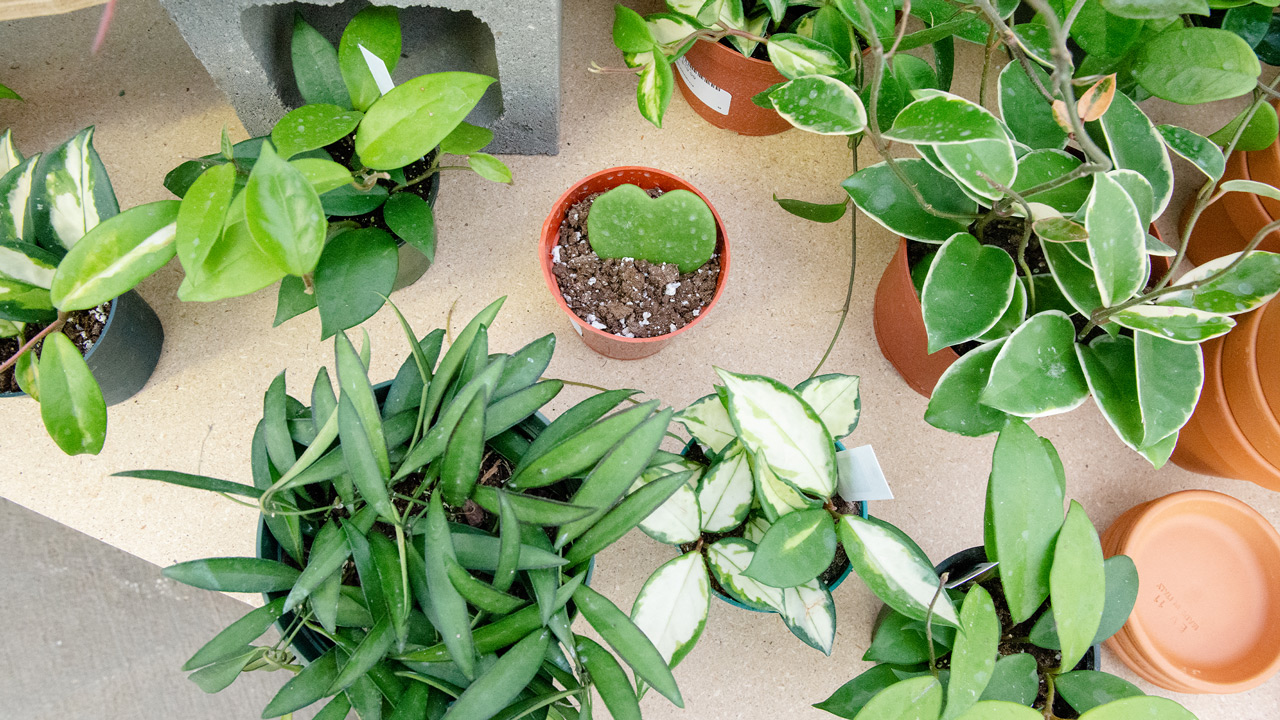
Hoyas are Just the Best
Once you fall for your first hoya, you might have a hard time resisting a second one…and a few more after that too. No problem – we have a great collection in the Greenhouse to get you started or add another one to your growing houseplant family. And as always, our Greenhouse team is here to answer any questions that might come up about this intriguing group of plants.

